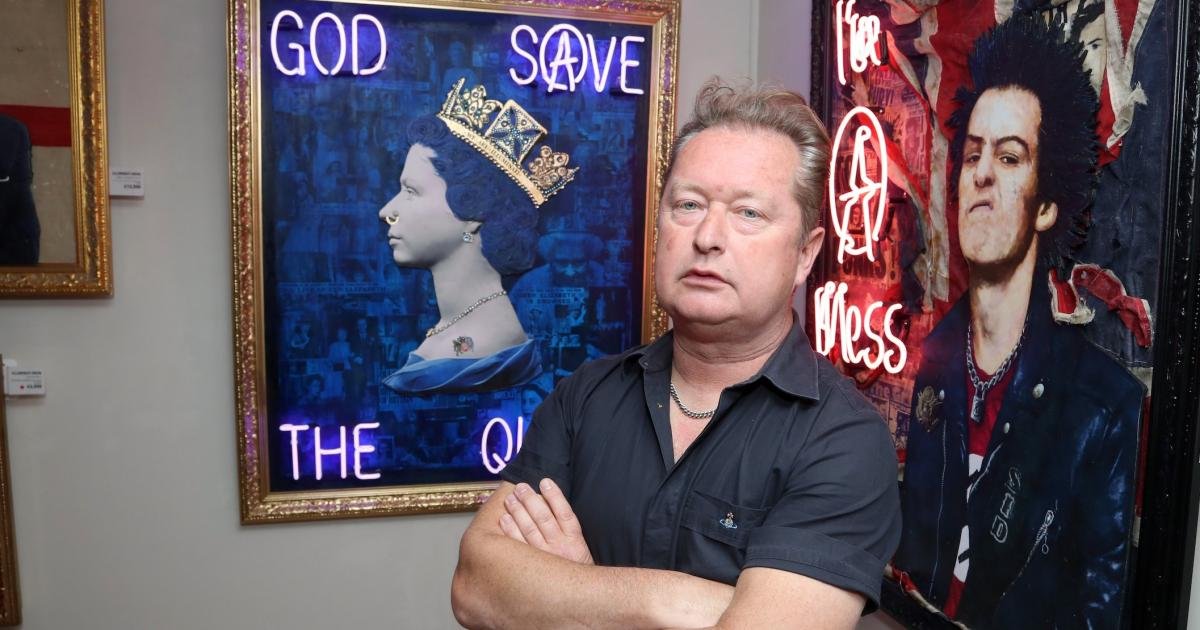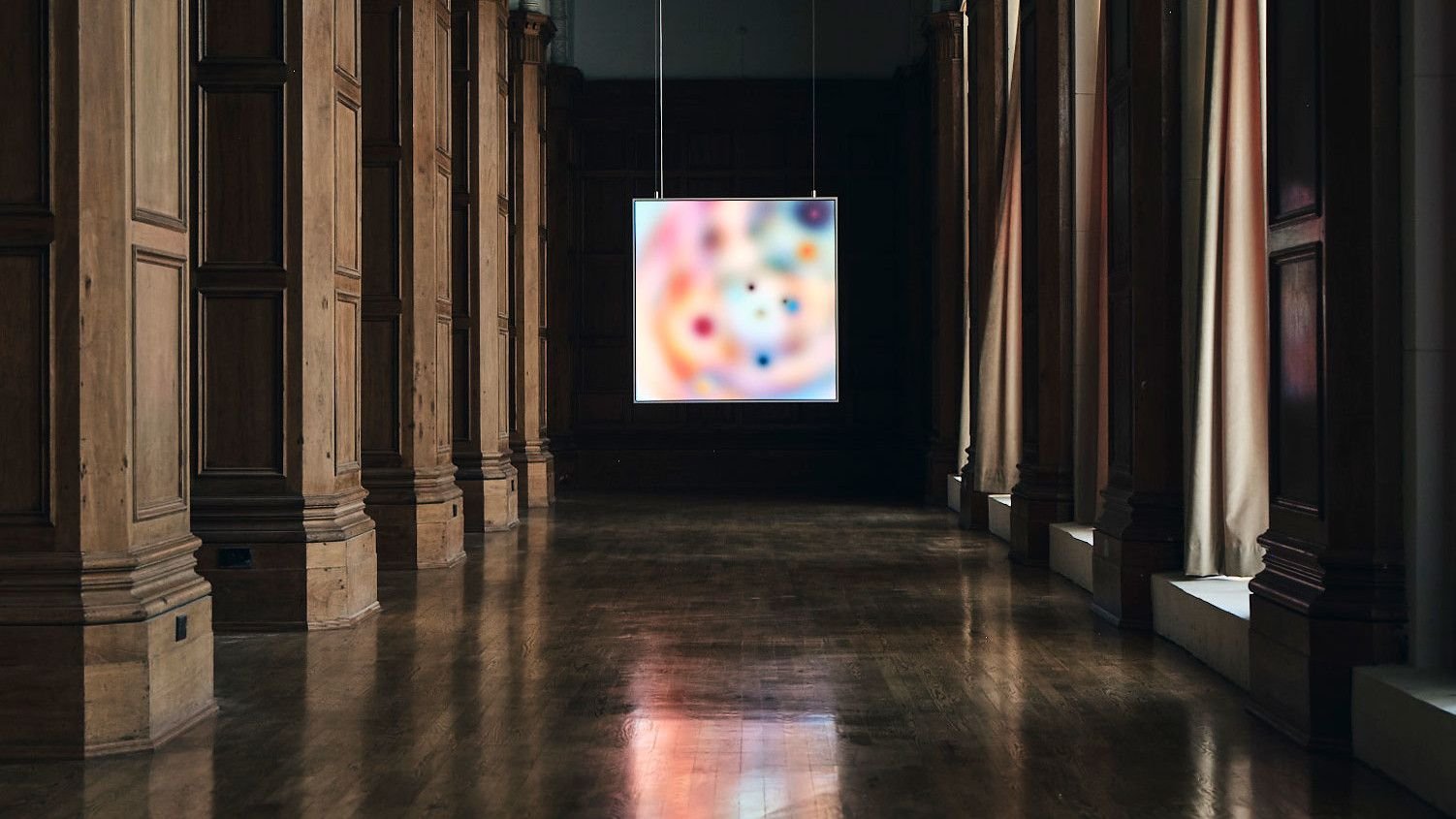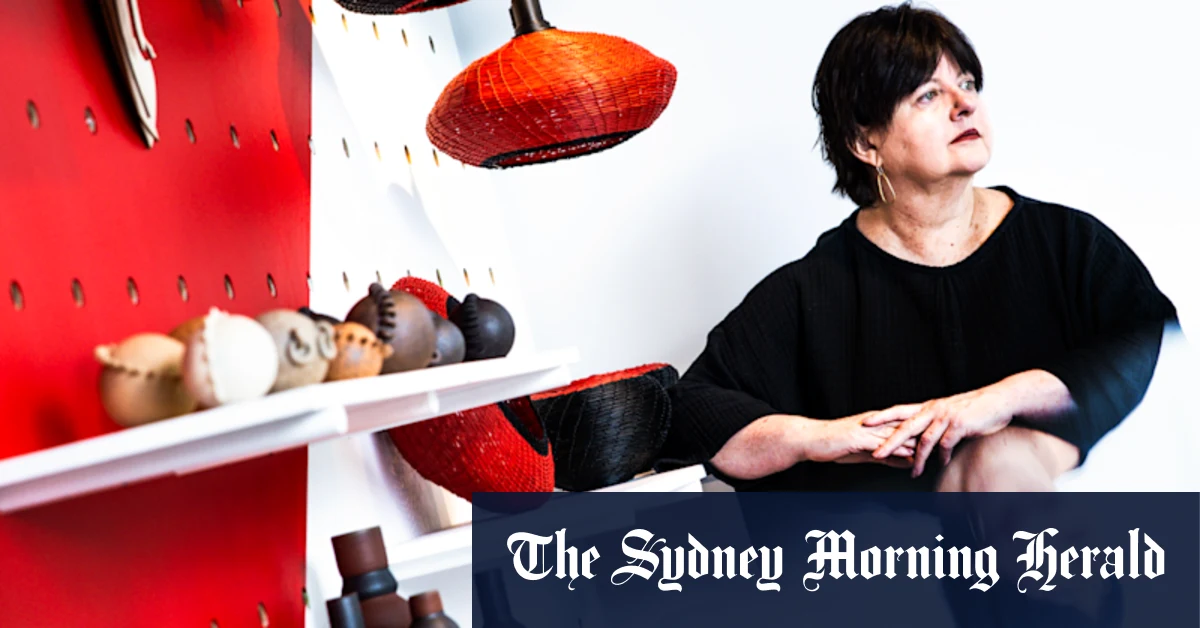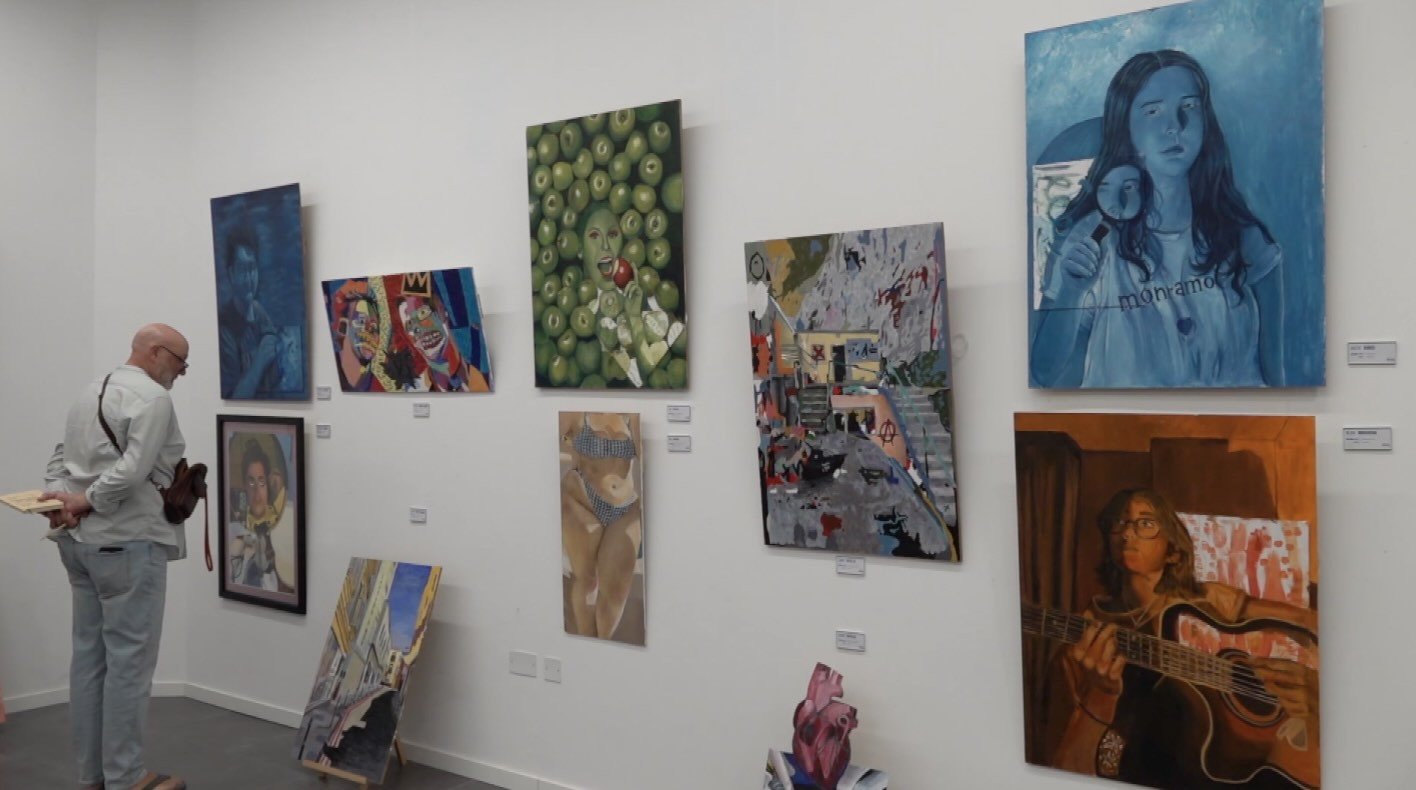Together, these institutions are driving a nationwide resurgence in metallurgical and manufacturing excellence by expanding access to high-quality, industry-relevant training. METAL combines a curriculum of workshops, online training, and hands-on METAL bootcamps to learn valuable skills in metal properties, heat treatment processes, and advanced manufacturing techniques.
These bootcamps bring professors and students from both art schools and engineering schools to talk and solve problems together. They learn from each other. Engineers are able to look at projects with a more artistic viewpoint and think creatively…and learn that it’s okay to fail, which artists do all the time. This program includes trial and error, which isn’t necessarily taught in the classroom. That is freeing, and gets engineers on the road to innovation.
MD: What feedback have you received from students who never considered engineering or manufacturing careers before participating in the Patterns of Meaning initiative?
CB: Through this program, we have had one classroom visit with fourth graders. The students described the exciting careers they plan to pursue: astronauts, real estate agents, lawyers. The educators have told us that none of the professions in steel and metalworking are even talked about at the younger grade levels, so limited exposure to these opportunities will naturally make them gravitate to different career paths.
Through this partnership, the kids have a whole new world opened up to them and they are responding positively to this, because it’s a career where you’re actually making something and creating a tangible product. These are the types of careers where you get to the end of the day and say, “I created that!”
The visualization of molding and casting is enticing to kids, so showing them what this type of work looks like gets them excited about pursuing it.
READ MORE: Inspiring the Next Generation of Engineers
MD: As the initiative progresses to more complex STEM-based projects such as CAD, sand casting and additive manufacturing, what resources or partnerships have been most valuable in delivering technical content to students?
CB: We are currently building partnerships with industry entities. Things like CAD programs can allow kids to download programs on their iPads and start designing metal and steel projects almost immediately. We are working on programs for kids to create a CAD drawing, then do the additive manufacturing (3D printing) to create a mold, then finally do the casting. These types of programs are valuable in teaching kids how to conduct the project from start to finish.
LC: This initiative requires an ecosystem of many types of people and expertise working together from all sides; this ecosystem will provide what we need for our national security and our commercial sector. And introducing these types of careers to kids at a young age in elementary school, then having them see the programs again in middle and high school, may inspire them to go into engineering school or go straight to work in one of the apprenticeships that are available.
MD: How do you envision today’s K-12 students, exposed to both arts and engineering, shaping the future workforce and design challenges in the steel and metals industries?
CB: I think the more minds you have working on a problem, the better. Right now, most schools are structured to teach to interests/strengths. They see where a kid’s strengths are early on and feed them into those tracks. This initiative does a great job of connecting the tracks and introducing them to areas their natural inclinations don’t bend toward. When you have creative minds and creative ideas working with engineering, breakthroughs occur.
The most significant breakthroughs come from these multidisciplinary interactions, because you’re solving more than just one problem. If you’re only looking at the engineering problem, you may be eliminating the other benefits that this technology or invention could have.
On the opposite side, if it’s all creative, you’re not seeing how this process that you developed can help to create efficiencies on the manufacturing side. Helping kids see both sides will allow for a better, more well-rounded product.
LC: This initiative gets the right and left parts of the brain working together. When you have people working together from the creative side as well as the engineering side, and collaborating on these problems, then you have a better chance of creating something new. It could be a game-changer. That’s how some of the greatest inventions have come about. It’s important to have different perspectives on these projects.
MD: What advice can you offer to engineering professionals or machine designers interested in supporting similar arts-integrated STEM outreach in their regions or companies?
CB: Contact METAL or Cory Bonnet with Patterns of Meaning! Look for opportunities to engage with students at younger levels. Don’t wait until they’re in high school.
Engineering professionals and machine designers should document everything they are doing with photography and get those images in front of people so they can see the processes they are working on. These images of pouring and melting inspire kids. These professionals can also talk about the history of what they or their company do so that they can measure the progress of their work today.
MD: What unexpected challenges or successes has the METAL Patterns of Meaning partnership encountered as it seeks to bridge the gap between the arts and technical manufacturing education?
CB: One challenge we have faced is getting the word out about this initiative and what the program will accomplish. If you can show the accomplishments, you can show not only kids but also parents to prove that this is an excellent, stable career path for them to enter. Many parents only see a successful future for their child by pursuing a four-year degree, but there are other paths they can take.
These are very honorable and completely viable career paths. A student can go straight into a vocational school or a two-year program as opposed to a four-year program and be presented with so many opportunities. These types of careers also offer on-the-job training and continuing education. There is so much support, and you don’t have to give up further education to enter these fields.
LC: The manufacturers we’re talking to and working with on the apprenticeship and engineering sides value these employees. There is so much growth potential and earning potential in these careers. Many of these employees make as much or more money than some four-year degree programs. And the employees aren’t going into debt to earn these degrees or certifications.
90% of all durable goods have a cast or forged part in them. Every car, every airplane, every piece of equipment—your washing machine, your dryer, your stove. So we cannot go without these manufacturers. It is imperative that we overcome the challenge of disseminating the benefits of this type of work and just how important it is.







